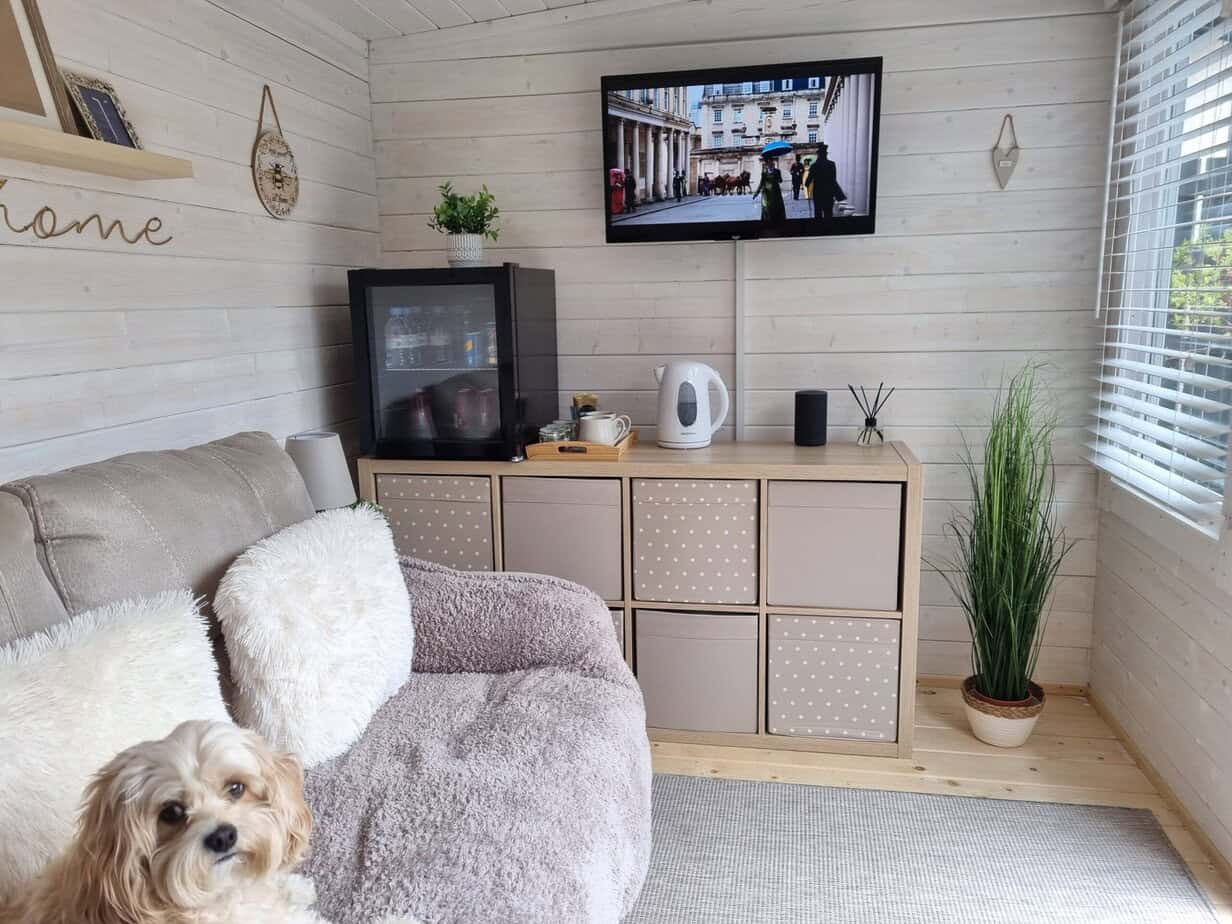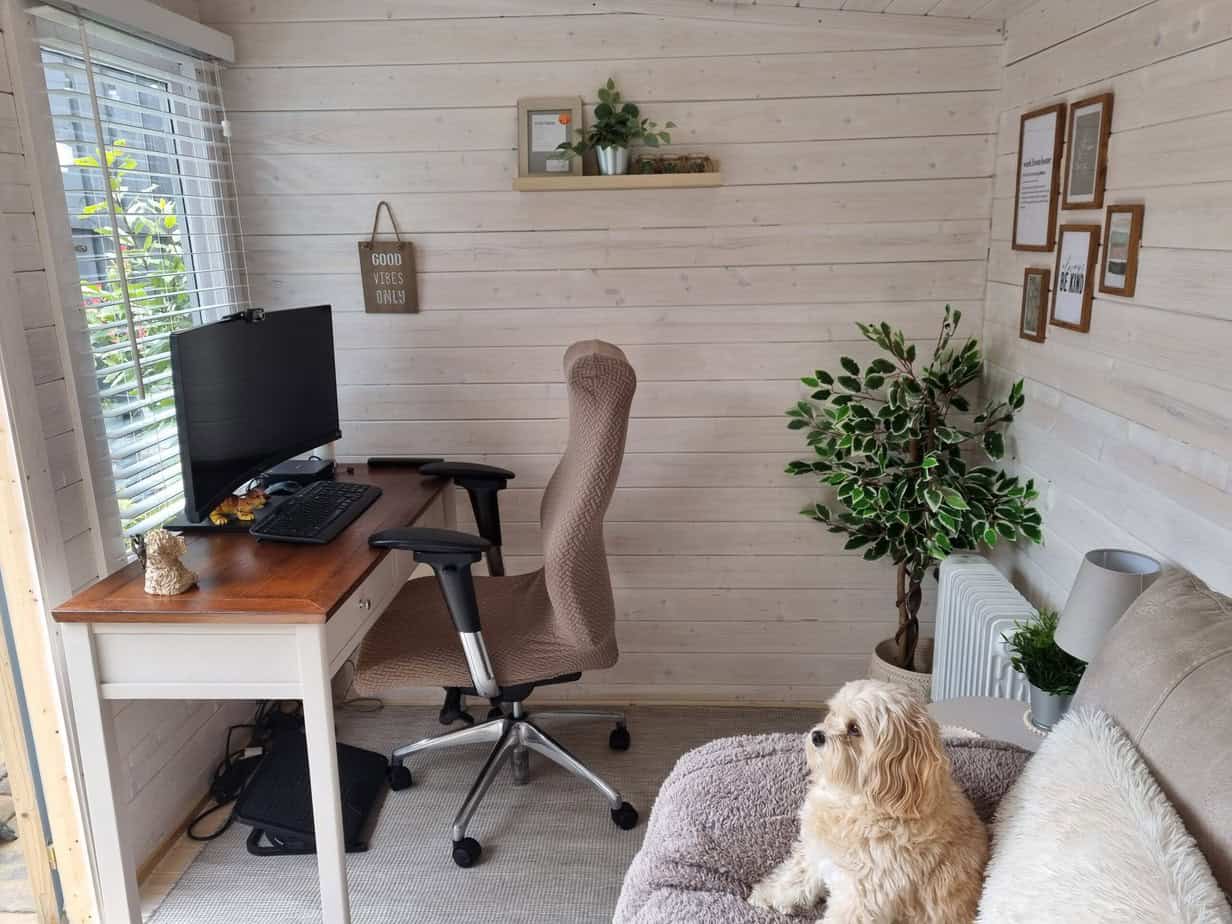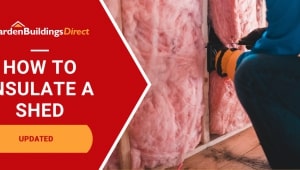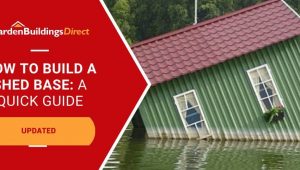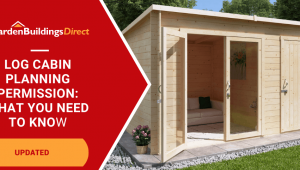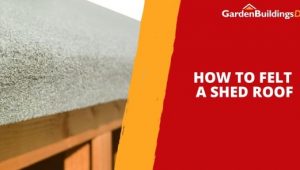Jump to:
Your garden room needs more than just a patch of grass to sit on. The right base keeps it level, protected, and ready for years of use. Here’s a guide to the best base for log cabins to help you choose one that fits your space, budget, and long-term plans.
Why a Good Log Cabin Base Matters
A log cabin is only as good as what it stands on. You wouldn’t build a house on soft ground, so don’t do the same with your garden building. A “solid base” – that’s the keyword for a level, dry, and sturdy foundation. Or, the way we’d explain it to a neighbour over the fence: no doors sticking or floors dipping after a bit of rain.
The base does all the heavy lifting, but to do that properly, you need to pick the right one. Less damp, fewer creaks, and year-round use of your retreat. Get it wrong, and you’d be crawling around fixing wobbling corners.
Top Log Cabin Base Options
Choosing a base doesn’t have to be complicated, so we’ve made it easier to see which one could work for you.
Concrete base
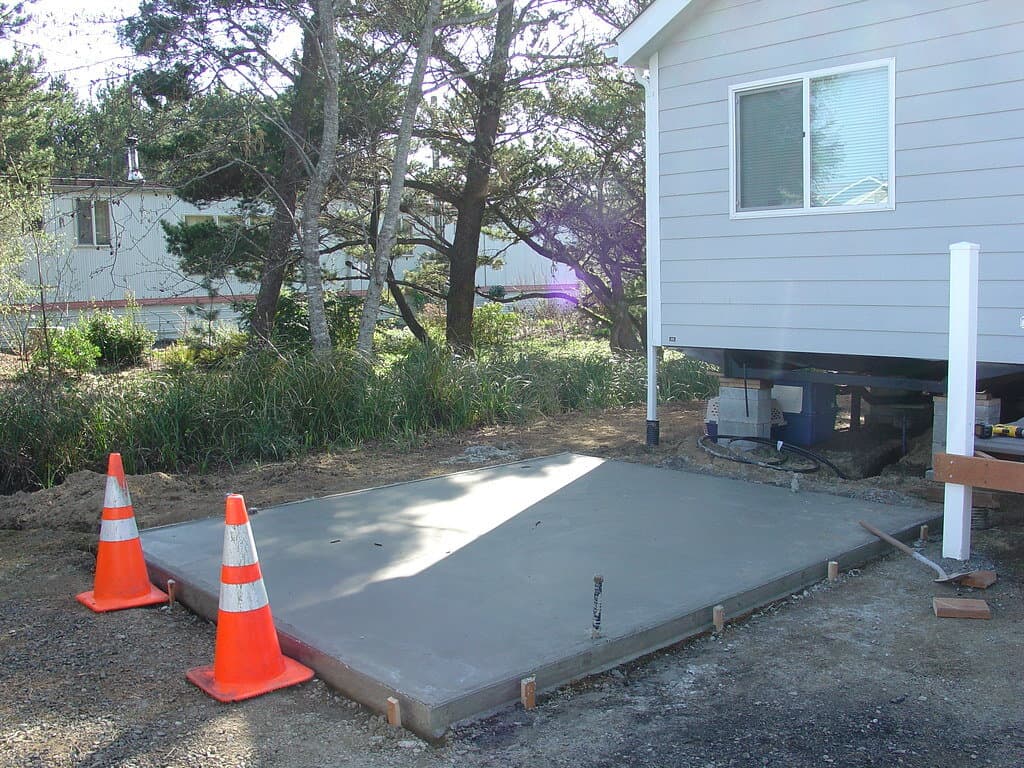
Concrete is the heavyweight of bases—strong, steady, and built to last. It sets into a fixed, level surface that can take the full weight of a log cabin. No shifting or sinking, even on softer or sloped ground.
A concrete base does take more work, though. You’ll need to dig out the area, lay a damp-proof membrane, and pour the mix. Curing can take a few days before installing anything on top. The process takes time, but it’s worth the effort for a base that will last for years.
| Best For | Pros | Cons |
| Large log cabins, home offices, or garden studios | Very strong and stable | Takes more time and effort to install (not ideal if you need your log cabin up ASAP) |
| Sloped or uneven ground | Long-lasting | Requires proper prep and curing (may be best left to a pro if you’re not confident with groundwork) |
| Anyone planning a long-term setup | Low maintenance once set |
Wooden base
A wooden base is quicker and easier to build, especially if your ground is already level. Most use pressure-treated timber, arranged as a frame with joists to support the floor.
Some come with ground spikes or adjustable feet, which allow you to level them even if your garden isn’t flat. It’s a lot more convenient if you’d rather handle the setup yourself and save a few quid while you’re at it.
| Best For | Pros | Cons |
| DIYers or budget-conscious buyers | Quicker to install | Needs occasional checks for rot or warping, especially after wet seasons |
| Flat or slightly uneven ground | Cheaper to set up | Doesn’t last as long as concrete (but it’s easier to replace when the time comes) |
| Smaller cabins or short-term setups | Easier to move or adjust later |
Plastic base
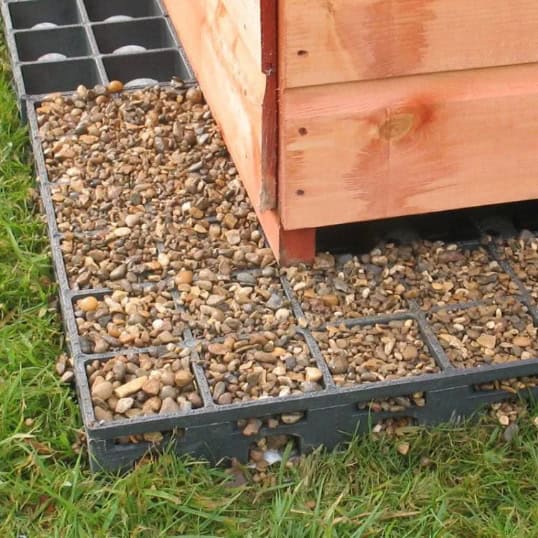
Plastic bases have made life easier if you don’t want to deal with mixing concrete or cutting timber. These recycled grids lock together to form a sturdy platform once filled with gravel. Quick enough to finish before your tea goes cold.
They’re reusable and eco-friendly, so you’re not only saving time but also doing your part for the planet. A smart pick for small to mid-sized cabins that don’t call for heavy groundwork.
| Best For | Pros | Cons |
| Quick weekend installs | Quick and tidy setup | Not suited for very large or heavy cabins, as it might shift under too much weight |
| Eco-minded homeowners | Great drainage | Needs gravel fill for proper support |
| Flat or level gardens | Lightweight and reusable |
Concrete vs Timber Log Cabin Base: Which One Is Right For You?
If plastic’s not on your list, the choice boils down to concrete or timber.
Go for concrete if you want something built to last and don’t mind a bit more prep work. It’s the kind of base you can lay, walk away from, and trust for years.
Timber is the way to go when you want to save money and see progress fast. It’s handy for smaller or short-term setups and can be changed later if your garden plans shift.
No matter which base you go for, it will keep your cabin grounded and trouble-free through all seasons.
Ready to Build Your Log Cabin Setup?
Got your base sorted? Brilliant! Now it’s time for the fun part. Pick a log cabin that suits how you’ll use it, or upgrade to a better one if you’ve already got a cabin but it’s not quite right.
Still comparing options? No rush. Take a look at our next guide while you’re here: How to Choose a Log Cabin – The Complete Buying Guide & FAQ
Customer Story: BillyOh Fraya Pent Log Cabin
“We’ve turned our Fraya into a proper little retreat. One side’s a sofa in the middle with a mini bar in the corner… my favourite part of the cabin for a cheeky drink after work. On the other side is my desk and monitor, and somehow it all fits, including my dog, who loves to play around. The two centre double doors open wide and just make the space feel even bigger and lighter.
Putting it together was pretty straightforward, and I’m quite proud of myself for that. I look forward to spending more time here. Good value for money!”
Easy to put together and does the job. 10/10 would recommend.
FAQ
Do I need a base for my log cabin?
Yes. A flat, stable base gives proper support and protects it from damage over time. Without one, the cabin can shift, lean, or take on moisture from the ground.
What is the best base for a log cabin?
Concrete is the strongest and most stable base option. It creates a level surface that won’t shift or sink, even on soft or sloped ground.
What is the cheapest foundation for a log cabin?
Timber. You won’t need concrete or heavy equipment, and if you build it yourself, you can keep costs down.
Can I install the base myself?
Absolutely, particularly with timber and plastic bases. Concrete bases, however, are more complex and may require a pro’s assistance.
